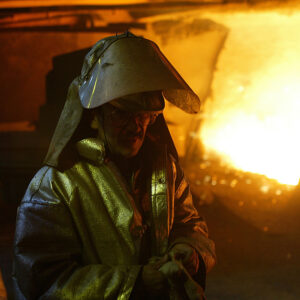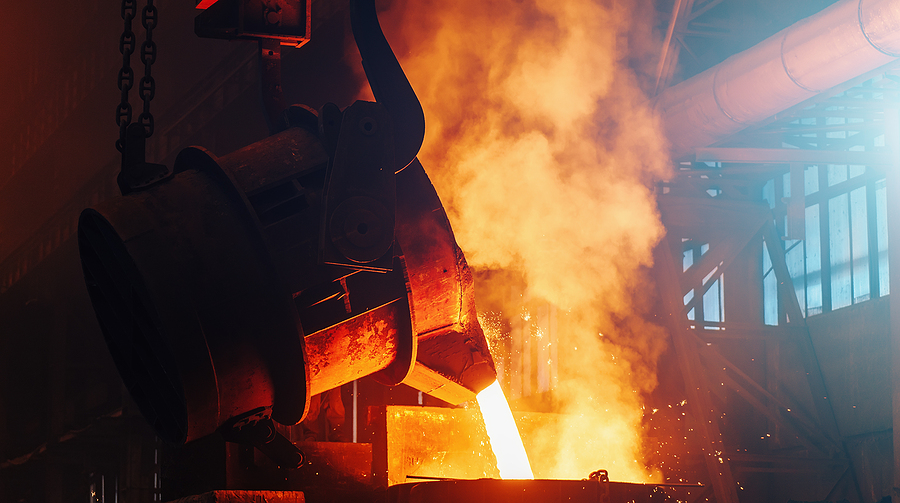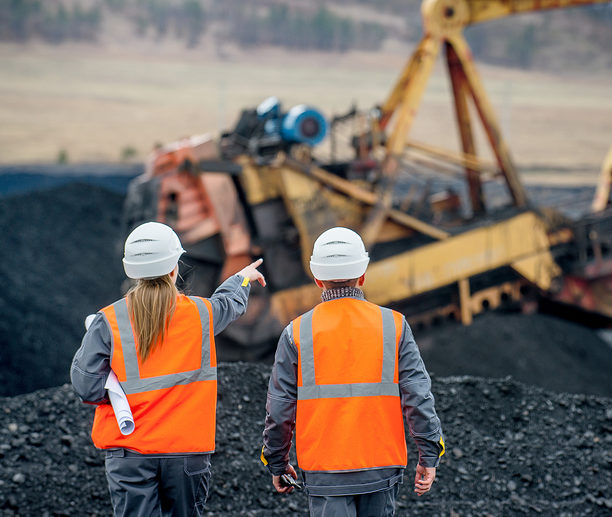Point: Military Readiness Is a Crucial Election Issue

(For an alternate viewpoint see: “Counterpoint: The Economy, Threats to Democracy Are Top Issues”)
As the 2024 presidential election approaches, a critical issue remains largely unaddressed: the alarming deficiencies in the U.S. military.
Political debates about the extent of our engagement in foreign conflicts — whether in support of Ukraine, Israel or the defense of Taiwan — assume that the United States has the necessary hard power. This hard power comprises manpower and equipment — two areas where the U.S. military is falling short.
The manpower shortage is stark. Over the past three years, the U.S. military has consistently faced recruitment shortfalls across several branches. In 2022, the Army fell short of its recruiting goal by 15,000 active-duty soldiers, 25 percent below its target. This deficit compelled the Army to reduce its planned active-duty end strength by 10,000. In 2023, the Army recruited 54,000 soldiers, falling short of its target of 65,000. This year, the recruitment goal has been adjusted to 55,000, a significant reduction from last year’s target.
The Army is on its way to meeting its abbreviated goals, with much credit given to the new recruitment campaign, which shifted away from the cartoonish efforts in 2022 and 2023. Making what was old new again, the Army returned to the “Be All You Can Be” slogan and stylized ads that debuted to great success in the 1980s.
While the Army has touted its “downsize” as predominantly a reflection of necessary changes in force structure and a shift toward air defense capabilities, it feels more like an exercise in expectation management. At a time of perilous global insecurity and increased operational rotations in Europe and the Pacific, the harsh reality is the primary U.S. land force is experiencing a nearly 7 percent reduction when it really can’t afford it.
The Army is not alone in its struggles. Although other services met their recruiting goals in 2022, this was mainly due to the acceleration of their delayed-entry applicants This success was not repeated in 2023. In 2023, the military collectively missed recruiting goals by 41,000 recruits.
These trends reflect broader issues, with the number of young Americans eligible to serve at a catastrophic low of 23 percent. Factors contributing to this crisis include a decline in the desire to serve, exacerbated by negative perceptions of military life and service. Only 9 percent of American youth desire to join the military. This devastatingly low number undermines the sustainability of the all-volunteer force.
This decline is compounded by increasing physical and mental health issues among potential recruits, including rising obesity rates and psychological distress. Worse, declining patriotism and confidence in the military have contributed to the recruitment crisis, necessitating efforts to rebuild trust and inspire future generations to serve.
Concurrently, the U.S. military industrial base is facing severe challenges. The military industrial base comprises government-owned and private factories, shipyards and ammunition plants that produce military equipment. It includes businesses and institutions of all sizes, from large prime contractors to small component manufacturers and tech innovators, supported by a skilled workforce.
Historically, U.S. industrial might ensured military strength, with manufacturing underpinning the economy. During crises like World War II, industry met demand with extraordinary output by establishing the War Production Board and rapidly converting manufacturing plants to military production.
Today, this would be nearly impossible. The U.S. economy has shifted to a more services-based economy, with a decades-long decline in manufacturing leading to poor supply chain resilience. This shift means that the military cannot rely on industrial capacity. Despite recognizing the deficiencies, Congress and the executive branch have not significantly increased military funding or reallocated spending to bolster this capability. As a result, there are significant gaps in the production of critical munitions and weapon systems and shipbuilding.
Moreover, the Biden administration has prioritized climate change as a primary national security threat, which appears disconnected from the immediate and tangible needs of revitalizing industry and manufacturing.
The combination of these manpower and equipment deficiencies poses a severe threat to national security, as the foundation of any military engagement lies in having a capable and well-equipped force.
These systemic issues, which are not receiving adequate attention in political discourse, compromise the U.S. military’s ability to engage effectively in global conflicts. Without a comprehensive and strategic approach to address these deficits, discussions about supporting international allies or defending against adversaries like China become moot.
As we head toward the presidential election, candidates must address this issue head-on with clear and actionable plans to restore the strength and readiness of the U.S. military.
Please follow DVJournal on social media: Twitter@DVJournal or Facebook.com/DelawareValleyJournal







